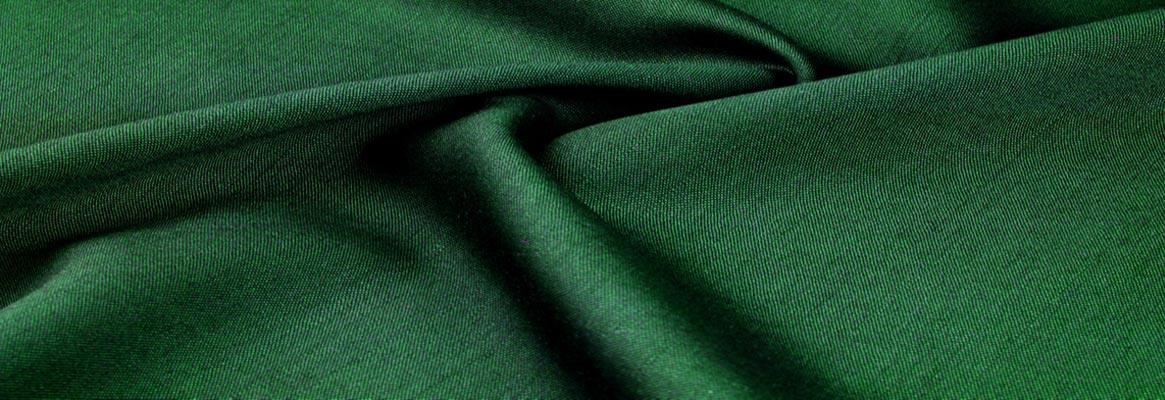Toxic materials in fabrics will trigger allergic reactions. One should identify fabrics made with chemicals and opt for hypoallergenic fabrics, especially for bedding. Using hypo allergenic duvet or bed sheets will help prevent runny nose, itchy throat, or any other allergic reaction. The biggest challenge is in choosing fabrics that do not have toxic materials.
Choosing fabrics with no toxic materials
1. Avoid fabrics with chemical finishes
Some fabrics have chemicals that make them crease-resistant, anti-microbial, or anti-static. Easy-care finish, dyeing, and fire-resistant finishing are other forms of fabric finish that use chemicals. Fabrics with such labels have toxic chemicals. Formaldehyde, silica gel, and various types of dyes are responsible for such finishes. If you are looking for a fabric with no toxic materials, you should avoid those fabrics with such finishes. Fabric labelling indicates type of finish and may help you identify fabrics with no such finishes.
2. Look for a hypoallergenic label
Opting for hypoallergenic fabric and filling materials is a good idea. Such materials are resistant to dust mites and mold making them ideal for bedding and seat covers.
3. Textile certification
Though textile companies should be socially responsible, sometimes it is hard to monitor their manufacturing processes. That is why there are various bodies to certify those fabrics that meet the safety standards. If a textile manufacturer has certification, it shows that they adhere to the set chemical levels and such fabrics have minimal toxic materials. Some of the textile certifications to watch out for are asthma and allergy-friendly certification, global organic standards, and Nordic swan eco label in Nordic countries.
Different countries have their guiding rules and regulations in manufacturing textiles, but below are some of the common chemicals banned through certifications:
•Flame retardants
•Heavy metals
•Chloro-organic toluene and benzenes
•Allergy inducing and carcinogenic dyes
•Pesticides
Tips for getting fabrics with less toxic materials
•Opt for hypoallergenic fabrics
•Go for eco-friendly and high-quality fabrics
•Avoid using toxic detergents and softeners on fabrics
•Skip dry-cleaning and dry the clothes outdoors
Toxic materials and the alternatives
Polyester, rayon, and acrylic are some of the fabrics that cause allergic reactions in some people. These synthetic materials may cause allergic reactions such as eczema, headaches, and nausea. Spandex and nylon also cause allergic reactions.
The safer to wear fabrics are cotton, merino wool, and cashmere. Silk, bamboo, and linen are also natural fabrics with no chemical additions. They are comfortable and durable. Another aspect of natural fabrics is that they are biodegradable. They are eco-friendly and sustainable, unlike other fabrics that contribute to pollution depending on the disposal method. It is your responsibility to choose safe clothing for your closets. It will help to enhance your health and also preserve the environment.
For better health, one should avoid fabrics with toxic materials. Adopting green technology in the fabric industry, choosing hypoallergenic materials, and certification are some tips to consider to avoid getting fabrics with high toxicity. That way, you will enhance your health and that of the other family members.








Comments